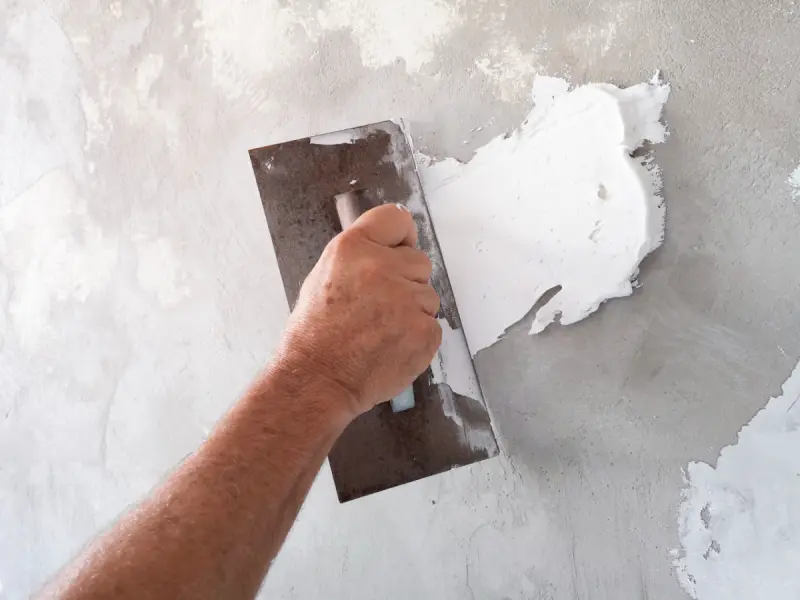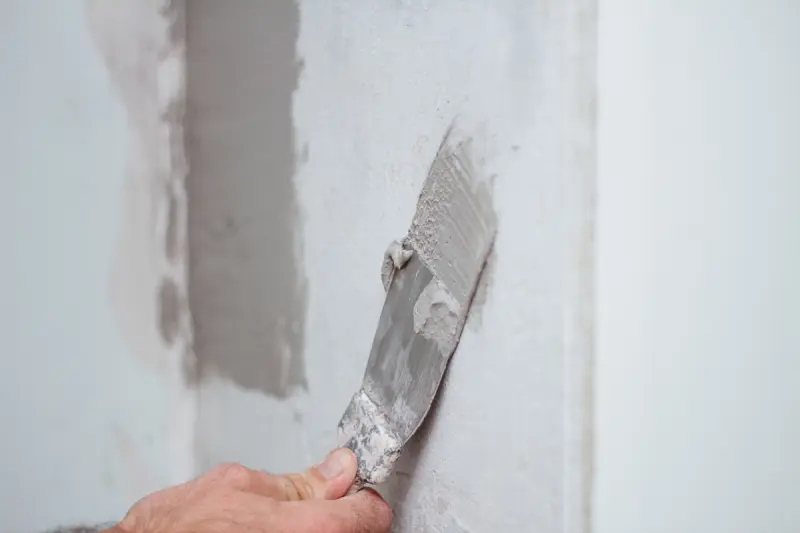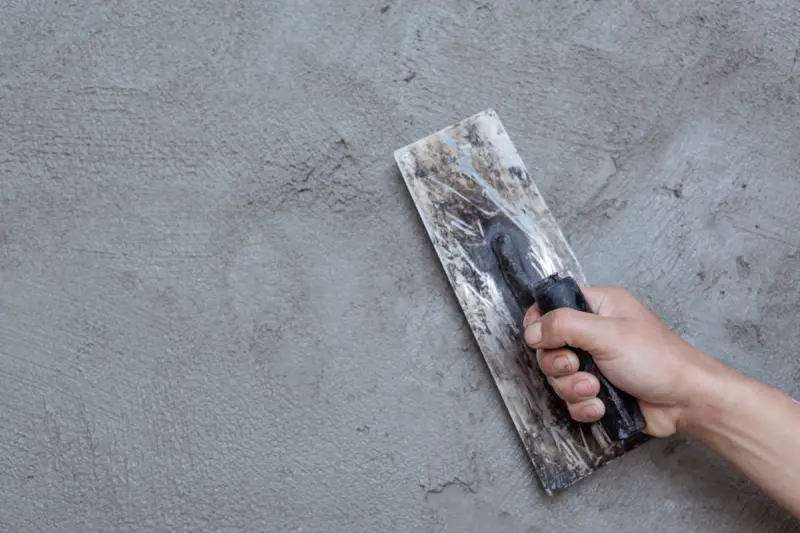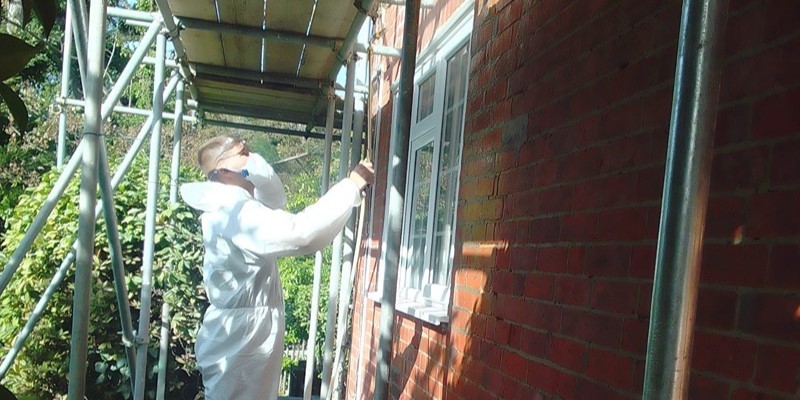Are you asking 'What is Thermal Plastering and How Does It Work'? It's a way to upgrade your insulation, making homes cosier and more energy-efficient across the UK.
How Does Thermal Plaster Differ from Standard Plaster?
Thermal plaster is different from standard plaster in terms of composition, function, and application. While both are used for finishing walls and ceilings, thermal plaster provides additional insulation, making it a preferred choice for energy-efficient buildings.
One of the key differences lies in the material composition. Thermal plaster contains lightweight insulating materials such as perlite, vermiculite, or aerogel, which enhance its thermal resistance. However, standard plaster is typically made from gypsum, lime, or cement, and focuses more on surface smoothness and durability rather than insulation. The composition of thermal plaster helps reduce heat loss and can improve energy efficiency in homes and buildings.
Standard plaster is mainly used to create a smooth, even surface for painting or decorating, and it has no significant thermal properties. On the other hand, thermal plaster is designed to regulate indoor temperatures by reducing the heat transfer through walls. This makes it particularly useful for insulating older buildings, preventing condensation, and improving your comfort levels.
How Thermal Plaster Helps Reduce Heat Loss
Unlike standard plaster, thermal plaster contains insulating materials such as perlite, vermiculite, or aerogel, which have low thermal conductivity. These materials help to trap heat inside a building and prevent it from escaping through the walls.

One of the main ways thermal plaster reduces heat loss is by creating a thermal barrier. This type of plaster slows down the heat transfer between the inside and outside of a building. This helps to keep the indoor temperature stable and reduces the need for excessive heating during colder months.
Thermal plaster also reduces cold bridging, which occurs when heat escapes through gaps or poorly insulated areas of a wall. Thermal plaster provides a continuous insulating layer that minimises these weak spots, making the overall insulation of a building more effective.
Thermal plaster can also regulate moisture levels. By reducing condensation on cold surfaces, it prevents damp and mould, which can lead to heat loss over time.
Where Can Thermal Plaster Be Applied?
Thermal plaster is commonly used in both residential and commercial buildings, particularly in places where traditional insulation methods may not be suitable. One of the most common places where thermal plaster is applied is on interior walls, as it helps reduce heat loss and creates a more stable indoor temperature.
Thermal plaster can also be applied to ceilings and lofts, where heat loss can be significant. By applying it to ceilings, especially in rooms directly below an uninsulated roof, the thermal plaster can retain heat and improve your thermal efficiency.
Thermal plaster can also be applied in historic buildings, as it can improve the insulation while maintaining the building’s original exterior appearance. Additionally, thermal plaster can be used in basements and garages, as it helps prevent condensation and keeps these spaces warmer.
The Benefits of Using Thermal Plaster in Homes and Buildings
Thermal plaster offers several advantages for homes and buildings in the UK, particularly in improving energy efficiency and your indoor comfort. Its insulating properties help reduce heat loss, making it a valuable solution for both modern and older properties.

The UK's weather is notorious for being cold, wet and windy. However, thermal plaster creates a thermal barrier on walls and ceilings that can help combat this issue.
Thermal plaster also helps reduce condensation and damp, which are common in older UK buildings. By keeping walls warm, thermal plaster prevents moisture from building up, which is particularly beneficial for homes with poor insulation or solid brick walls.
Additionally, thermal plaster is easy to apply and can be used on concrete, brick and plasterboard - making it a practical solution for both new builds and renovations.
Above Water Damp Proofing Ltd provides thermal plastering services to help improve insulation in homes and buildings across the UK. Our thermal plaster reduces heat loss, prevents condensation, and enhances your comfort. We provide a cost-effective solution for a warmer, more energy-efficient space.




